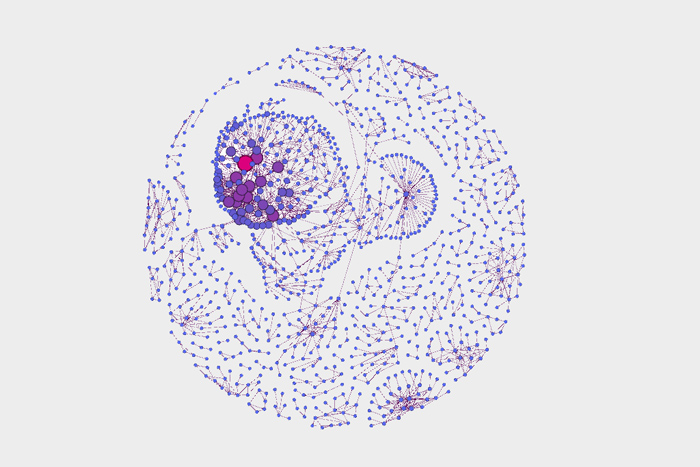Extremism and the Australian Imaginary

The project will use innovative temporal methods to assess the influence of extreme nationalist discourses on mainstream political discussion in Australia. It will develop computational tools to unpick the relationship between digital media, speed and increasing polarisation in political discourse.
Outcomes / activities
- The project will collect a rich textual dataset of nationalist discourses in Australia including a targeted survey of extreme social media feeds and websites and mainstream publics
- The project will develop thematic indices of extremism to identify and to describe markers of polarisation within these discourses
- The project will adapt natural language programming libraries to facilitate the automated reading of Australian political discussion on mainstream Australian social media sites
- The project will use these natural language libraries to deliver a critical analysis of temporal changes within mainstream Australian discourse
Impact
Training governmental and non-governmental advocates and policy makers seeking to address extremism for a socially cohesive Australia.
Multimedia
Digital media is responsible for generating and spreading rumour, conspiracy theories, propaganda and extremism. Several perpetrators of extremist violence have cited media discourses as justification for their actions. In this environment, polarising discourses may be a threat to cohesion and a national security concern. Australian policymakers and security agencies have warned against extreme and nationalist discourses, many of which seek to reshape the Australian image, turning national identity into a tool of threat and exclusion. This research responds to these concerns by developing computational tools to identify extremist discourses and to facilitate an analysis of their influence in mainstream Australian social media. This analysis will reveal how Australians are discussing their national identity and produce insights to guide policy makers and social cohesion advocacy groups. Through the technologies it produces and the monitoring practices it establishes, it could help direct the effort to combat the growing influence of online extremism.
Project details
Project team
Dr Philip Pond
Associate Professor Mark Davis
Professor Robert Hassan